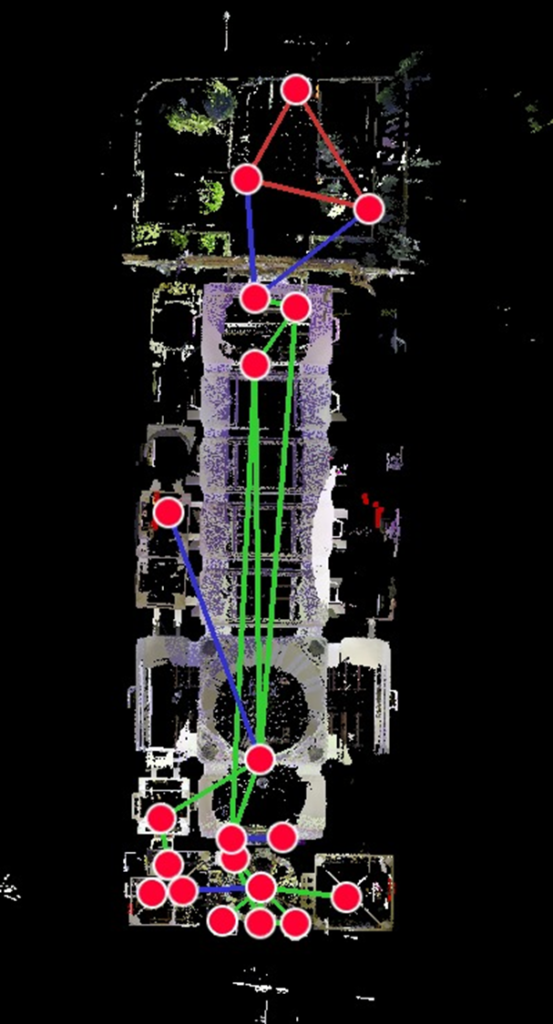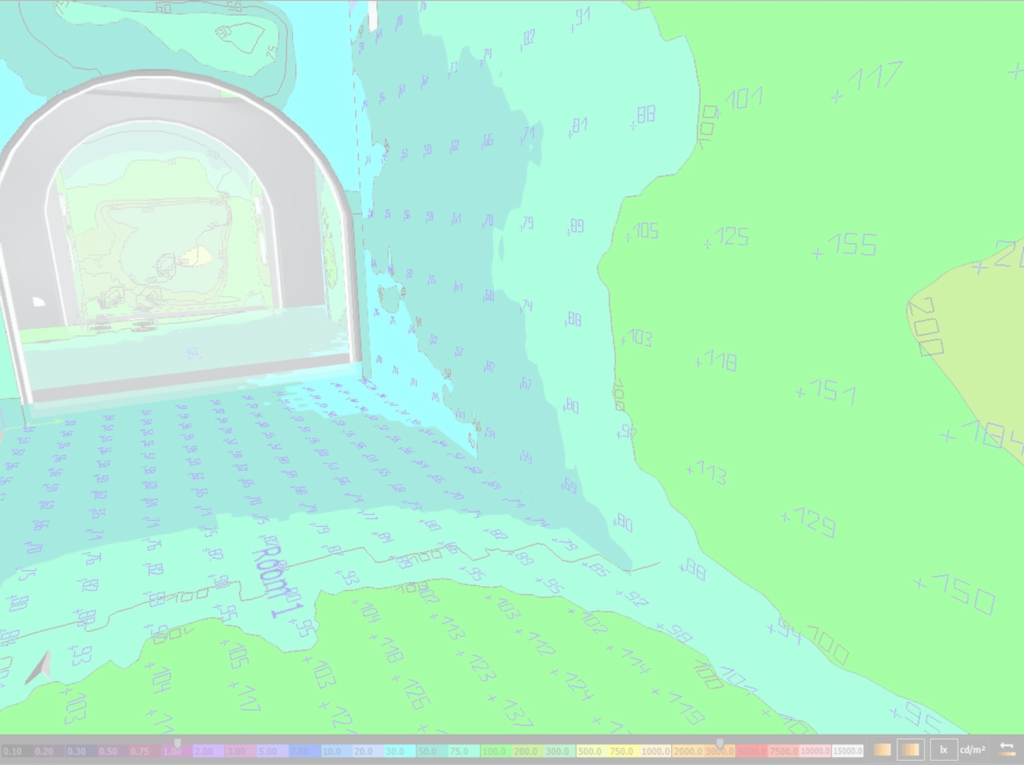
This research was supported by the Spanish Ministry of Science as part of the proposal titled “Smart Built Heritage. Del registro a la simulación digital para inmuebles medievales y modernos” (TED2021-129148B-I00)
More information here

Who We Are?
We are a team of multidisciplinary scholars working on eighteenth-century architecture, using digital tools. We work for several Spanish universities, including Universidad de Sevilla, Universitat de Girona, Universitat Rovira i Virgili, and Universidad Complutense de Madrid, among many others, including professors from Architecture or History of Art. We conducted fieldwork in different countries, including Europe, America, and Asia, thanks to public funds. We are also working on private initiatives to manage the built heritage. Our interest in digitization is not the digital twin, but how it can be productive as a scientific tool for further analysis.
What Types of Equipment Are Currently Available to Us?
Our projects are centered on the integration of additional equipment to offer more opportunities for conventional methods. Initially, we concentrated on photogrammetry, utilizing both aerial and close-range techniques. In addition to the necessary cameras and telescopic tripods, we also possess a drone (Phantom IV) operated by a licensed pilot within our team. Subsequently, we obtained 3D scanning technology (RTC360) and the required software to register and oversee the models. Moreover, we have established our own local server to store projects. More recently, we have added both software and hardware to analyze light and acoustics.

What We Have Already Done

Our digitization services have been provided in various countries, including Spain, Italy, Germany, Mexico, China, and the Philippines. We have utilized photogrammetry in the walls of Manila (Philippines), the Xiyanglou site (China), San Carlos de Perote (Mexico), Schleissheim (Germany), and Troja (Czech Republic) palaces, among others. Recently, we have employed a scanner in churches such as Il Gesù, Sant Ignazio, Santa Maria del Popolo, Sant Carlino alle Quattro Fontane (Rome), San Luis de los Franceses, San Jacinto, or Santa María Magdalena (Seville), as well as palaces in Lucena, Seville, or churches such as Seu (Manresa), Santa Maria (Alcover), Sant Magí (Tarragona), Sant Daniel, and Sant Andreu (Selva del Camp), among numerous others. In terms of light or acoustic simulations, we have explored its potential in various cases in these countries, resulting in scientific publications.
What We Do
As an organization, our primary focus is on the study of built heritage. While our team members primarily concentrate on eighteenth-century architecture in Southeast Asia and the Caribbean, as well as Medieval structures in North Spain, we acknowledge that other examples can serve as discordant references. In our research on sunlight management, for instance, we find it useful to examine similarities between regional cases even when those similarities appear in distant locations.

In furtherance of this goal, we are currently working on a project that involves the free digitization of buildings, as well as other simulations, with the aim of providing the resulting model to building owners and hosting it on our platforms. The scope of this project can be discussed on a case-by-case basis, and depending on the complexity of the work involved, fieldwork for a basic digitization can be completed in a day or two without requiring the building to be closed to tourists or other users. However, this could extend the time required for the project. It is essential to have at least one researcher on site to carry out this work, and while our funds for fieldwork are limited, we welcome any contributions or parallel activities that can help us achieve our goals.

Contact
- Email: pedroluengo@us.es
- Phone: +34 647 919 581
